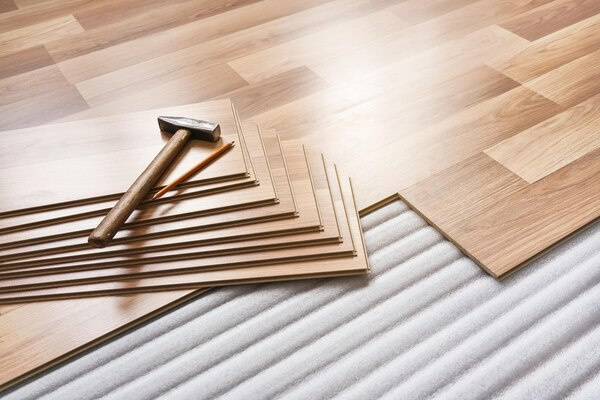5 Tips for Expert Parquet Installation
Installing parquet flooring can transform the beauty and elegance of a room, but achieving a professional finish requires careful planning and attention to detail. Here are five essential tips for expertly installing parquet flooring that will ensure durability and aesthetic appeal.
-
Prepare the Subfloor Properly
Before laying parquet, it's crucial to ensure the subfloor is clean, dry, and level. An uneven subfloor can cause the parquet to bend or crack over time. Start by removing any debris and old flooring materials. If the subfloor has any dips or bumps, use a leveling compound to smooth it out. For wooden subfloors, ensure the boards are secure, free of protruding nails or screws, and sand down any rough edges to create a perfect base for the parquet.
- Acclimate the Parquet Boards

Parquet wood tends to expand and contract with changes in humidity and temperature. To prevent the flooring from buckling after installation, let the parquet boards acclimate to the room’s environment. Place the unopened packages in the installation space for at least 48 to 72 hours. This period allows the wood to adjust to the room’s conditions, reducing the risk of post-installation movement.
- Plan Your Layout Strategically
The pattern of the parquet is one of its most striking features, and proper layout planning is essential for achieving the desired look. Start by deciding on the direction in which you want the pattern to run, typically parallel to the longest wall or the main source of light. Use a chalk line or laser level to mark reference lines on the floor, ensuring that your starting point is squared properly to avoid skewing the pattern. This step is especially necessary for intricate designs like herringbone or chevron.
- Use the Right Adhesive
Choosing the right adhesive is a critical part of ensuring the longevity of your parquet floor. The type of adhesive required will depend on the subfloor and the parquet material. Many professionals recommend a high-quality urethane adhesive for its superior bond strength and flexibility. Always follow the manufacturer's guidelines regarding the adhesive’s application and curing time to avoid compromising the parquet's stability.
- Allow for Expansion Gaps
To accommodate natural expansion due to temperature and humidity changes, leave a small gap between the parquet and the walls. Typically, a gap of around 10 to 15 mm is advisable. You can cover these gaps with baseboards or moldings after installation. Skipping this step can lead to problems such as buckling or warping, as the wood will need room to expand without obstruction.
By following these professional tips, you can achieve a beautiful, durable, and long-lasting parquet floor that adds charm and sophistication to any room. Attention to preparation, acclimation, layout, adhesive selection, and expansion gaps will help ensure that your parquet installation process is executed with precision and care.